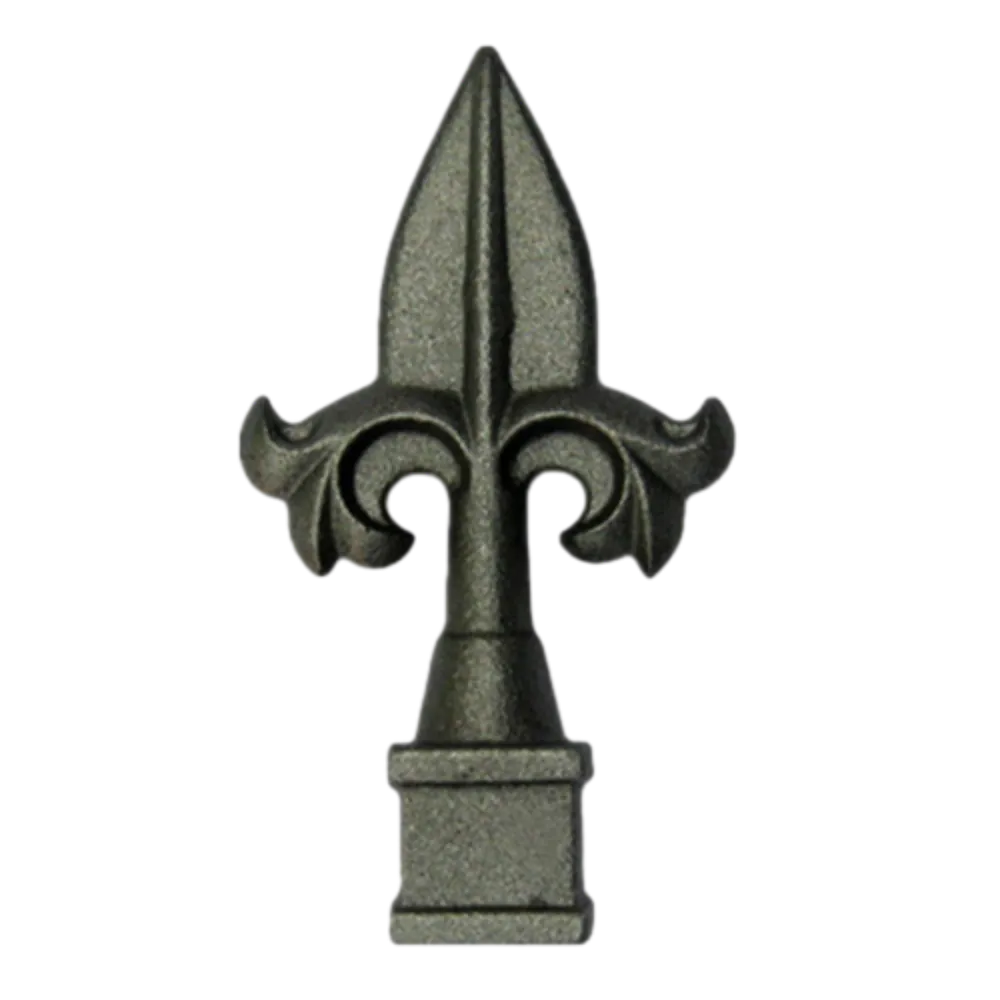wrought iron products
The Versatile World of Wrought Iron Products
Wrought iron, a malleable and ductile material, has been a staple in metalworking since ancient times. Characterized by its fibrous structure, wrought iron products are known for their durability, strength, and aesthetic appeal. Unlike cast iron, which is brittle, wrought iron can be hammered, rolled, and shaped, making it an ideal choice for various applications. This article explores the diverse range of wrought iron products, their historical significance, and their contemporary uses.
Historical Significance
The use of wrought iron dates back to at least 1200 BC, with evidence found in ancient civilizations such as the Egyptians and the Hittites. The metal was primarily used for tools and weapons due to its ability to withstand significant stress. During the Middle Ages, blacksmiths began crafting wrought iron into decorative and functional objects, marking the beginning of its use in architecture and interior design. The intricate designs that emerged from this period laid the foundation for many wrought iron products we see today.
Types of Wrought Iron Products
1. Furniture One of the most popular applications of wrought iron is in furniture design. Wrought iron tables, chairs, and beds combine strength with elegance. These pieces often feature intricate scrollwork and designs, adding a touch of sophistication to both indoor and outdoor spaces. The use of wrought iron also ensures longevity, making it a wise investment for homeowners.
2. Fencing and Railings Wrought iron is a preferred material for fencing and railings due to its robust nature and resistance to corrosion. Decorative wrought iron fences can enhance the aesthetic appeal of gardens, parks, and properties while providing security. Similarly, railings made from wrought iron add a classic touch to stairways, balconies, and terraces, ensuring safety without compromising on design.
3. Gates Wrought iron gates are synonymous with elegance and security. They can be customized to suit various architectural styles, making them a popular choice for residential and commercial properties alike. From grand entrance gates to simple garden gates, the versatility of wrought iron allows for creative designs that can complement any setting.
wrought iron products

4. Decorative Items Beyond furniture and structural components, wrought iron is also used to create an array of decorative items. Candle holders, wall art, and sculptures are just a few examples of how wrought iron can be transformed into beautiful art pieces. These items often feature intricate designs, reflecting the craftsmanship that has gone into their creation.
5. Fireplaces and Accessories Wrought iron is commonly used in the production of fireplaces and their accessories, such as grates and toolsets. The material’s ability to withstand high temperatures while maintaining its structural integrity makes it ideal for this purpose. Moreover, wrought iron fireplaces add a classic charm to living spaces, often becoming focal points within a room.
Contemporary Uses and Sustainability
In contemporary design, wrought iron products continue to flourish, thanks to their timeless appeal and environmental sustainability. As a material, wrought iron is recyclable, and many manufacturers today focus on eco-friendly practices in their production processes. This emphasizes a growing trend towards sustainability in home and product design, as more consumers seek to make environmentally conscious choices.
Moreover, with the rise of custom fabrication, wrought iron products can be tailored to meet specific needs. This flexibility caters to the diverse tastes and requirements of modern consumers, allowing for unique design solutions that personalizes spaces while adhering to quality and durability standards.
Conclusion
Wrought iron products embody a unique blend of strength, beauty, and versatility. From historical artifacts to contemporary designs, wrought iron continues to be a favored material across various sectors. Whether in furniture, fencing, gates, or decorative elements, wrought iron offers enduring appeal and reliability. As we continue to appreciate craftsmanship and sustainability, the legacy of wrought iron is sure to endure, enriching our environments with its timeless elegance.
-
Wrought Iron Components: Timeless Elegance and Structural StrengthNewsJul.28,2025
-
Window Hardware Essentials: Rollers, Handles, and Locking SolutionsNewsJul.28,2025
-
Small Agricultural Processing Machines: Corn Threshers, Cassava Chippers, Grain Peelers & Chaff CuttersNewsJul.28,2025
-
Sliding Rollers: Smooth, Silent, and Built to LastNewsJul.28,2025
-
Cast Iron Stoves: Timeless Heating with Modern EfficiencyNewsJul.28,2025
-
Cast Iron Pipe and Fitting: Durable, Fire-Resistant Solutions for Plumbing and DrainageNewsJul.28,2025
-
 Wrought Iron Components: Timeless Elegance and Structural StrengthJul-28-2025Wrought Iron Components: Timeless Elegance and Structural Strength
Wrought Iron Components: Timeless Elegance and Structural StrengthJul-28-2025Wrought Iron Components: Timeless Elegance and Structural Strength -
 Window Hardware Essentials: Rollers, Handles, and Locking SolutionsJul-28-2025Window Hardware Essentials: Rollers, Handles, and Locking Solutions
Window Hardware Essentials: Rollers, Handles, and Locking SolutionsJul-28-2025Window Hardware Essentials: Rollers, Handles, and Locking Solutions -
 Small Agricultural Processing Machines: Corn Threshers, Cassava Chippers, Grain Peelers & Chaff CuttersJul-28-2025Small Agricultural Processing Machines: Corn Threshers, Cassava Chippers, Grain Peelers & Chaff Cutters
Small Agricultural Processing Machines: Corn Threshers, Cassava Chippers, Grain Peelers & Chaff CuttersJul-28-2025Small Agricultural Processing Machines: Corn Threshers, Cassava Chippers, Grain Peelers & Chaff Cutters












